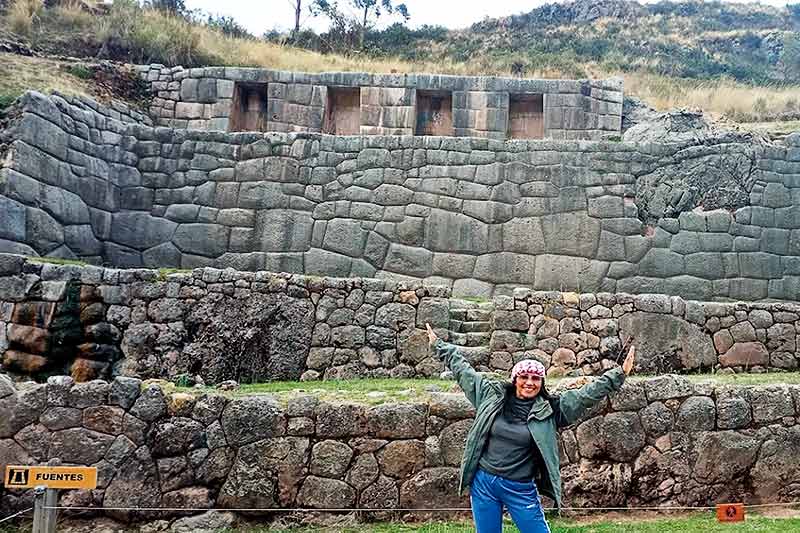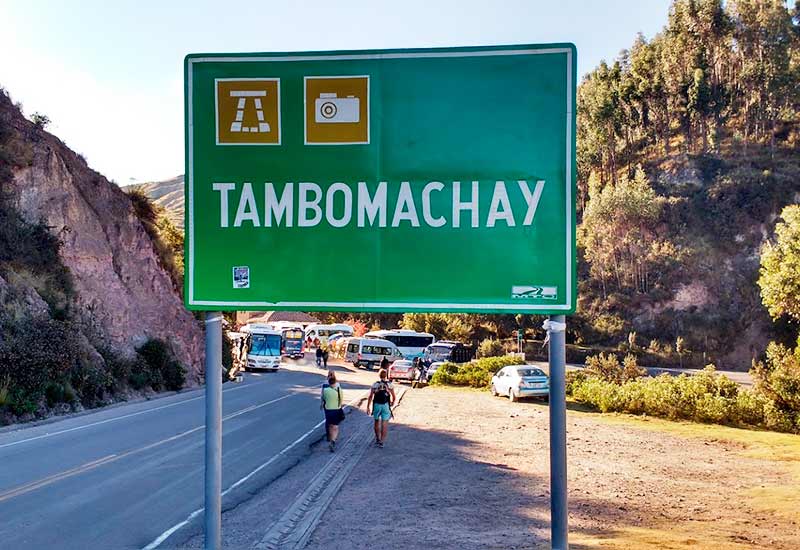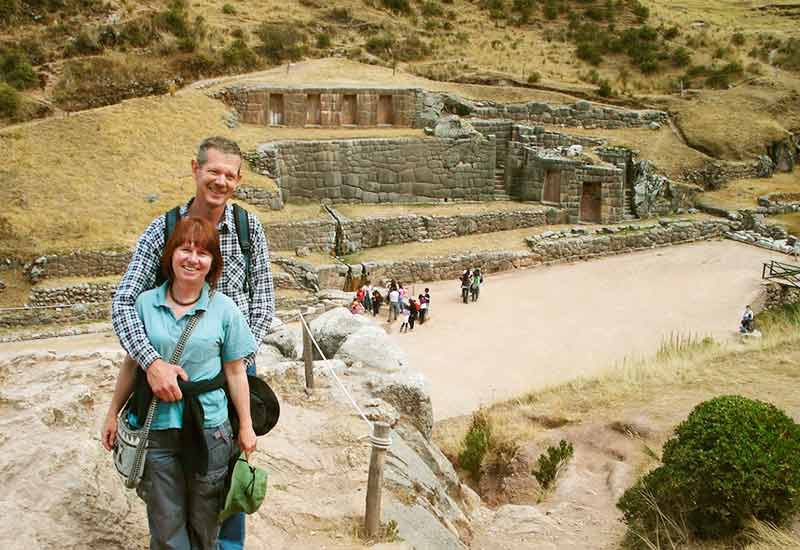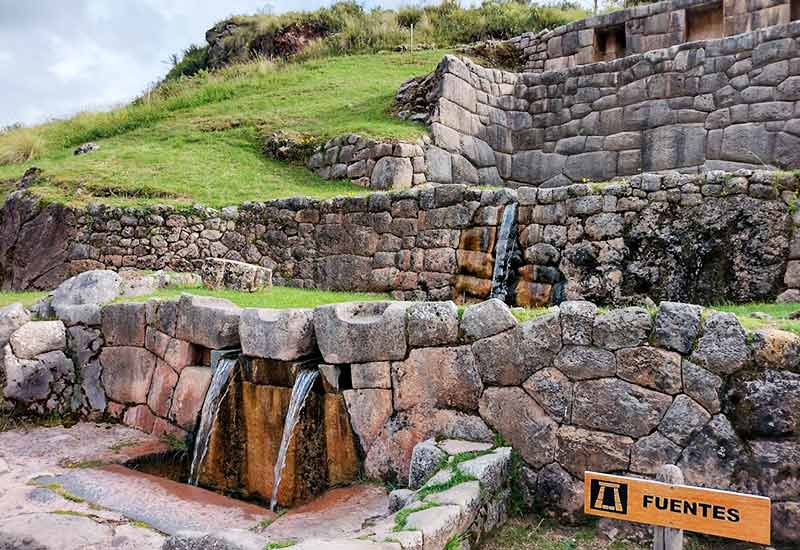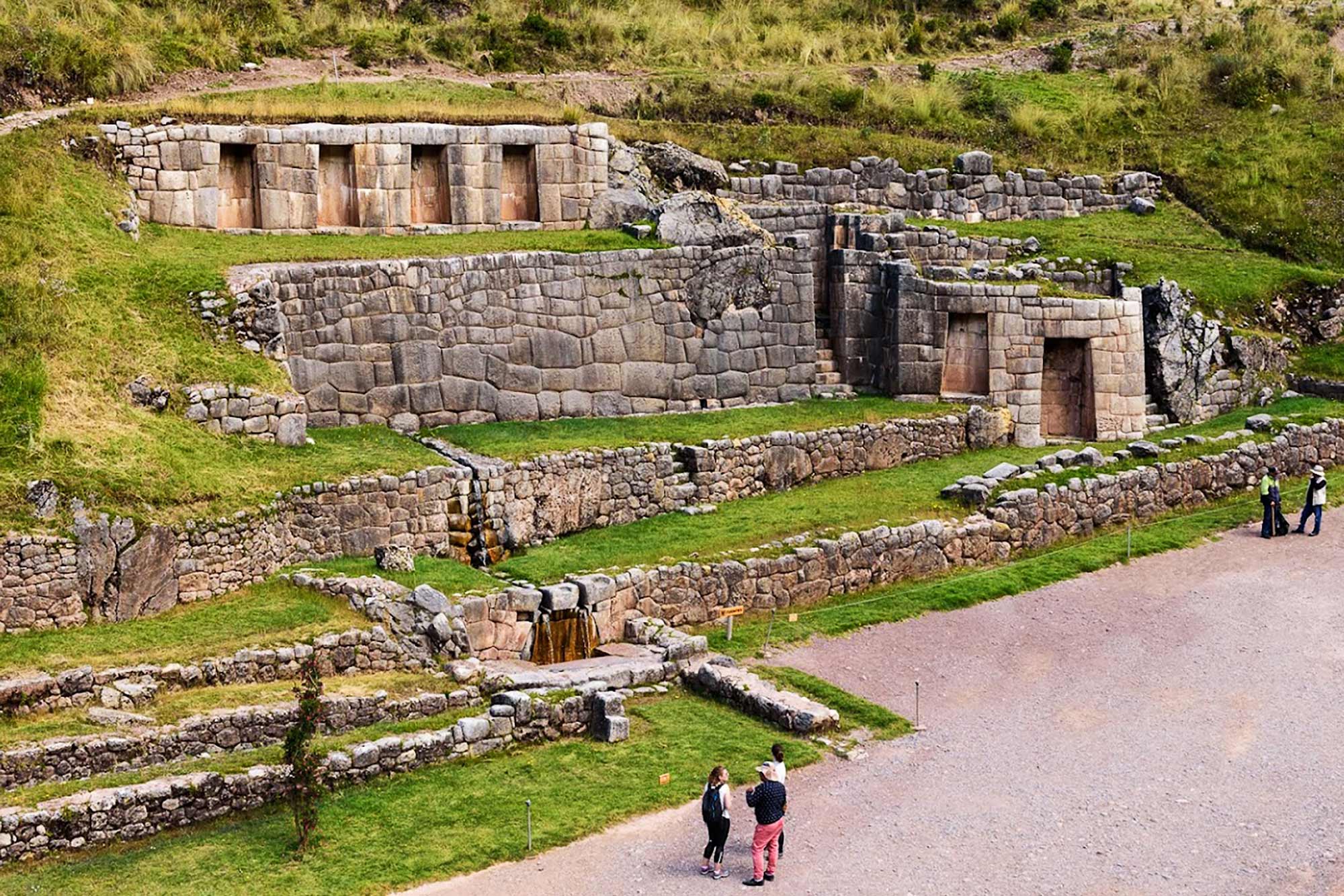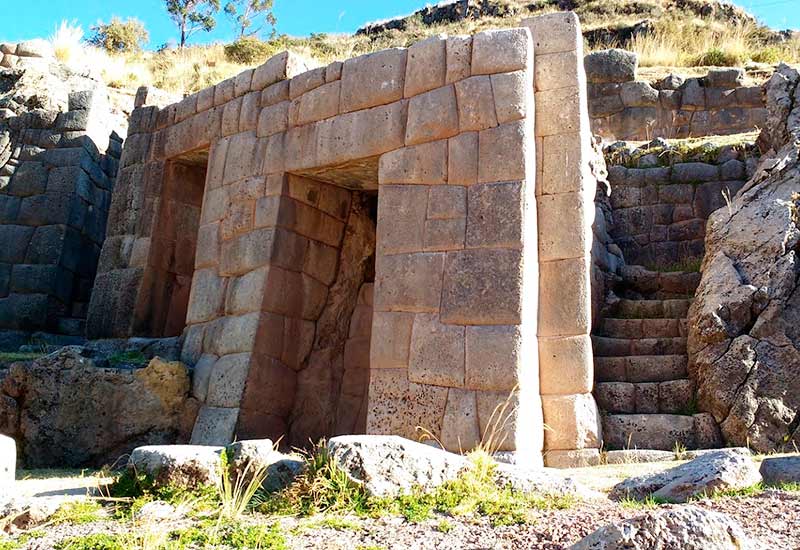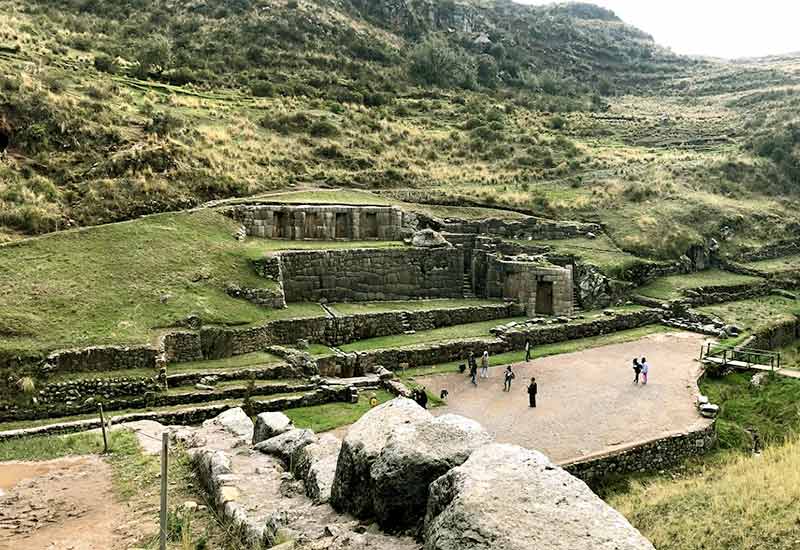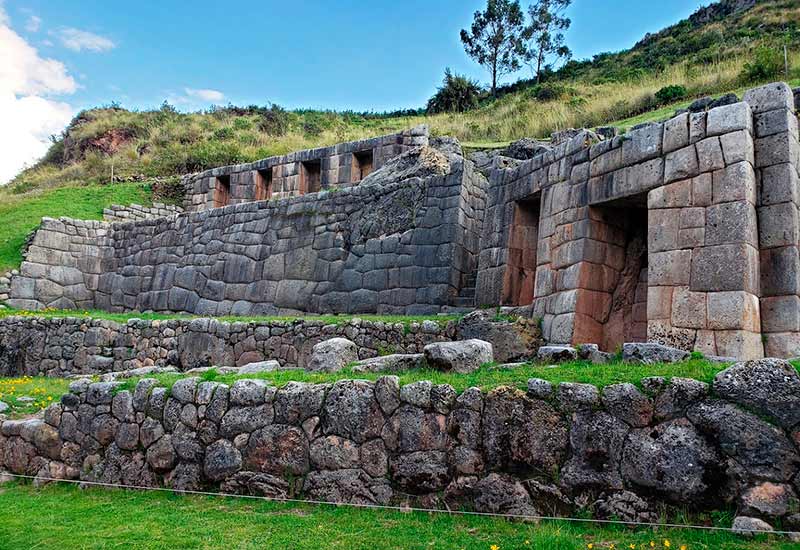Tambomachay: a review of its history and archaeological studies
Tambomachay remains a mystery. For a long time, it was considered an important place of worship directly on the water. However, this perception can change, although not drastically. Due to the architecture that the entire archaeological site presents, it can be inferred that the construction was of great importance, especially because it was the starting and arrival point for those arriving in Cusco or leaving in the direction of Antisuyo.
- History of Tambomachay and its relationship with the seques
- Is Tambomachay a Huaca?
- Description of Tambomachay
- The old tower of Tambomachay
- Photo gallery
History of Tambomachay and its relationship with the seques
The Tambomachay archaeological site is one of the mysteries for archaeologists since a specific functionality cannot be established. It all started with the name assigned to it. This name, in an English translation, would come to represent “Place or Stay of Rest”. From this beginning, it was assigned the popular name of Inca baths, but if we think about it, the Inca baths would have another style, very probably similar to the one found in Cajamarca, and of that, there are both archaeological remains and those written by chroniclers in his arrival and meeting with Atahualpa..
A more abject function is the one that positions itself as a control point for the person who enters or leaves Cusco. As we know, Cusco was the capital and center of the entire world known by the inhabitants of Tawantinsuyo. In this sense, it is to be assumed that all the infrastructure, as can be seen, today, has an architecture similar to the main temples of Tawantinsuyo. However, the space in which this place is distributed is short. Probably only for the purification of the elites that would enter Cusco.
This last thing that we mentioned could make more sense with what was exposed in the chronicles of Bernabé Cobo, who points out that this sector would correspond to the ninth Huaca and would also correspond to the exclusive use of the Inca Túpac Yupanqui, from where he rested or went hunting.
That is why Tambomachay remains indecipherable. As mentioned in the chronicle “History of the New World” by Bernabé Cobo, he points out that a huaca can be found in this direction. A Spanish official from the year 1559 coincides with this assessment, who attributes that Tambomachay would be closely linked to “Quinua Puquio”. The ending “puquio” was used to refer to natural sources or springs. In this sense, it is expected that there was a huaca near this place.
The Inca Tupac Yupanqui was the son of Pachacútec,
who is considered the ruler who directed all of Tawantinsuyo towards a new path. He generated various political and religious changes such as the case of the mummification of the Incas. Tupac Yupanqui also made important expansions. He was one of the pioneers in fighting and sending expeditions into the jungle.
Is Tambomachay a Huaca?
The huacas were sacred representations. They were located in the seques or seq’es, as a way of expanding the religious domain throughout the entire Tawantinsuyo. In this way, huacas were arranged in a special way near all the most important citadels. The huacas were large carved stones or rocks. In this sense, the huacas were part of a whole system of buildings and symbolic elements dedicated to worship and the sacred. To this understanding, the huacas could reach a wide territory.
For example, the presence of the platforms, to obtain open spaces, dialogued with the presence of nature as in the case of rivers, beads, rocks, ravines, springs. In addition, most of these places were also related to solar movement and equinoxes. That is to say, the elaboration of these spaces linked the artificiality of human creations with nature itself, avoiding making massive modifications.
In this sense, it could be specified that Tambomachay would be part of one of the huacas that were probably destroyed during the extirpation of idolatries. Finding vestiges of this can be complicated by the difficulty of making new excavations to determine Tambomachay’s connections with other archaeological sites. It would remain to understand the true function of the huacas and the different temples that were built. At the moment we can affirm that Tambomachay was a place where rituals were carried out with water as the main point. Surely they were short purification ceremonies.
Descripción de Tambomachay
The way to get to Tambomachay is quite easy. One way is to do it through a travel agency and get the City Tour Cusco. The other option is through the transport company “Señor del Huerto” with a trip of approximately 30 minutes. Whichever way you arrive, you will find a large space that doubles as parking. From this place, a short walk of fewer than 10 minutes begins. Here you can find more interesting facts about Tambomachay .
During this short walk, we will be able to see some platforms and water channels. It is also possible to find a large number of queñua trees. Once we cross this road, we will be able to see the archaeological remains of Tambomachay. The first thing that can be seen are some walls that give shape to the water sources. The water fountains have three spaces in the form of stands.
It can be explained that the form of bleachers is exposed in four levels. In the upper part, it is possible to visualize 4 main ushnus, where they probably deposited some mummies or offerings, dedicated to water and to promote adequate purification. The level that continues downwards is free space but it presents a carved water channel and also the presence of 2 ushnus or niches. From this place, the priest directed the ceremony. In the penultimate one you can see the segmentation of the water channel in this way it is possible to appreciate that the first flow bifurcates into two flows that fall symmetrically and continuously.
The old tower of Tambomachay
All this enclosure that we have just described is made up of finely carved stones, as can be found in the Coricancha and the temples dedicated to the main deities in Pisac, Ollantaytambo, and Machu Picchu. That is to say, you can find finely carved and padded stones that give it perfect harmony with the environment.
In front of this sacred space, there are the remains of a tower that was built on a rock. This tower is also an indication that it could have been more of an ideal control point to see the arrival of parcels or sightings of enemies. Some chronicles point out that this was the place to start the ritual and ceremonies known as Huarachicuy. Where all the young men were initiated as men. This ceremony consisted of a series of tests to demonstrate physical abilities, skills with weapons, hunting, and mental strength. Once this series of challenges was achieved, they put on the wara or loincloth and in some cases the golden earrings, as a sign that they were ready for war.
Advice from people who have been there
 By: Lucas Matías D
By: Lucas Matías D “There is a difference if you go with a good guide“
“These ruins are in the sacred valley; They are not so spectacular if they are visited without a good guide, but when they explain the meaning of everything you see, things change, in the end it was one of the places that I liked the most“
By Ticket Machu Picchu – Last updated, August 15, 2024
